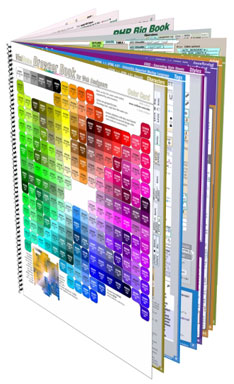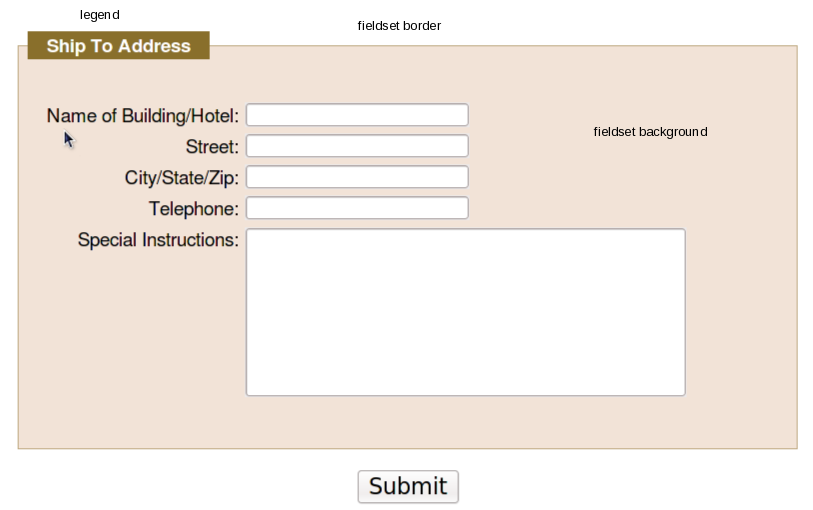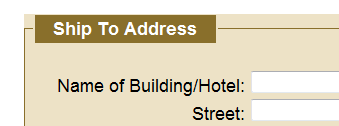The Seacoast Linux User Group met last night, as they always do on the second Monday of the month, in Morse Hall Room 301 on the UNH Durham campus, at 7 PM. Kudos to Robert Anderson who’s been running the group… well, forever. Sixteen people attended last night’s very interesting meeting, which featured Caroline Meeks speaking on “Sugar on a Stick.”
Caroline’s been involved in Open Source since 1999 and is very interested in education. Her business, Solution Grove (http://www.solutiongrove.com) specializes in Open Source learning and knowledge management. She’s currently studying at Harvard Graduate School of Education and plans to complete her Masters in Education this year. She spoke (and demoed) enthusiastically about the activities available on Sugar and the remarkable effects they had on kids, leading to very positive educational outcomes.
Sugar on a Stick, a project from Sugar Labs, is an effort that puts the Sugar desktop (started on the One Laptop Per Child machines) onto a USB stick so an educational computer is available to a child any time they can access a computer. (SugarLabs is a spinoff open source project, with it’s own Sugar Labs Oversight Board (yes, SLOBS) and an all-volunteer force.) Caroline presented what Sugar on a Stick can do now, how it’s working in and out of schools, discussed the technical hurdles they are running into and made an appeal for help in testing/debugging/building, especially on Ubuntu’s project, the Sugar Remix.
Sugar on a Stick addresses the Achille’s Heel of the One Laptop Per Child program: despite a number of successful pilot programs, most deployments of OLPC haven’t resulted in each child having their own computer that they could keep with them, take home safely and use fulltime. When children have to share computers, or only get an hour at the lab, they are missing out. Sugar on a Stick lets the kids take their USB sticks with them and use them in whatever computer is handy. They can run their projects on Mom or Dad’s computer without harming that machine (or vice versa!) and can play whenever a machine is available.
Some games and educational programs don’t work at improving outcomes. One attendee cited an example of a well-known reader game. A study revealed that scores went _down_ after six months of using the reading program. The attendee referred to it as the “Drill and Kill” syndrome.
There’s lots of work that needs to be done on the project. The current version, based on Fedora’s Live stack, was developed in an era of much smaller capacity USB sticks and made compromises that aren’t needed any more. The compressed filesystem is suspected of being a problem with the corrupted stick phenomenon, which occurs too often to consider the project “ready for prime time.” Caroline said that, with a classroom of kids working Sugar on a Stick, there would always be one or two corrupted sticks. That’s too much data loss, too much frustration and disappointment, and too much disruption to be suitable for a classroom environment.
SugarLabs need mentors (those of us in LUGs) to finish making the software work. There’s not a lot of money in it right now, although they are looking at all possible grant sources. There’s a lot of enthusiastic high school students who need help pointing them in the right direction. College students have an opportunity to use a “Do Something” grant to provide compensation for working on this project. The call to action is for mentors and those familiar with the internals of Linux, especially Ubuntu’s live media functionality, to coach, mentor, supervise and help out in getting the next version of Sugar on a Stick, the Ubuntu Sugar Remix.
Prezi was the presentation software http://prezi.com/ Caroline was using. It was pretty neat. Her presentation can be found at: http://prezi.com/kuuhqwmkxxtm/ Caroline’s presentation and demonstration were quite impressive, and her obvious enthusiasm for the project lead to an energentic question-and-answer session at the end.
Thanks to Caroline for the presentation, to Robert and UNH for hosting and all for attending and participating!




